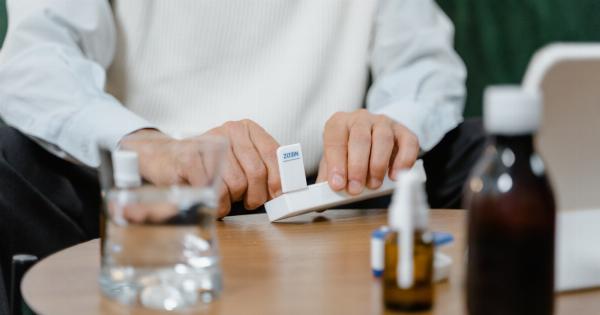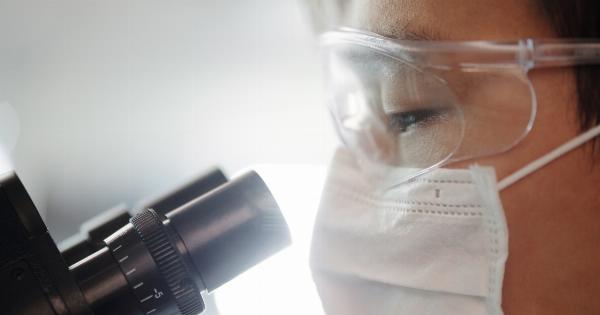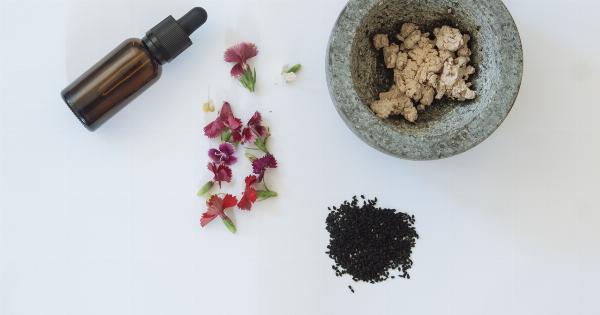Psoriasis is a chronic autoimmune disease that affects the skin, causing it to develop red, itchy, and scaly patches. It is estimated that around 125 million people worldwide suffer from this condition.
Psoriasis can occur at any age, and it affects both men and women equally. In this comprehensive picture guide, we will explore various aspects of psoriasis, including its causes, symptoms, types, and treatment options.
What Causes Psoriasis?
The exact cause of psoriasis is still unknown. However, researchers believe that a combination of genetic and environmental factors play a role in its development. People with a family history of psoriasis are at a higher risk of developing the condition.
Certain triggers like infections, stress, medications, and injury to the skin can also worsen or initiate psoriasis flare-ups.
Symptoms of Psoriasis
Psoriasis is characterized by the appearance of red, itchy, and scaly patches on the skin. These patches can be small and localized or can cover larger areas of the body.
The most commonly affected areas include the scalp, knees, elbows, lower back, and nails. Other symptoms may include dry skin, cracked skin that may bleed, and joint pain in some cases.
Types of Psoriasis
There are several types of psoriasis, each with its own unique characteristics:.
1. Plaque Psoriasis
This is the most common form of psoriasis, accounting for about 80% of cases. It is characterized by raised, red patches covered with a silver-white buildup of dead skin cells, known as scales.
2. Guttate Psoriasis
Guttate psoriasis often appears after a streptococcal throat infection. It is characterized by small, water-drop-shaped lesions on the trunk, limbs, and scalp.
3. Inverse Psoriasis
Inverse psoriasis appears in the skin folds, such as the armpits, groin, and under the breasts. It causes smooth, red patches of skin that worsen with friction and sweating.
4. Pustular Psoriasis
Pustular psoriasis is characterized by blister-like lesions filled with pus, surrounded by red skin. It can affect specific areas of the body, such as the hands and feet, or cover larger areas.
5. Erythrodermic Psoriasis
Erythrodermic psoriasis is a rare but severe form of psoriasis that can cover the entire body with a red, peeling rash. It may cause intense itching and pain, and can also lead to complications such as fluid and protein loss.
Treatment Options for Psoriasis
While there is no cure for psoriasis, there are various treatment options available to manage its symptoms and improve the quality of life for those affected:.
1. Topical Treatments
Topical treatments include creams, ointments, and lotions applied directly to the affected skin. These may contain ingredients such as corticosteroids, vitamin D analogs, retinoids, and salicylic acid.
2. Phototherapy
Phototherapy involves exposing the skin to ultraviolet (UV) light under medical supervision. This treatment can help control psoriasis by slowing down the production of skin cells and reducing inflammation.
3. Systemic Medications
Systemic medications are prescription drugs taken orally or by injection. They are usually reserved for severe cases of psoriasis or when other treatments have not been effective.
These medications work by suppressing the immune system or targeting specific aspects of the immune response.
4. Biologic Therapies
Biologic therapies are a type of systemic medication that target specific immune pathways involved in psoriasis. These drugs are usually administered by injection and have shown significant success in treating moderate to severe psoriasis.
Lifestyle Tips for Managing Psoriasis
In addition to medical treatments, there are several lifestyle changes that can help manage psoriasis symptoms:.
1. Moisturize Regularly
Keeping the skin moisturized can reduce dryness and itchiness. Use fragrance-free moisturizers and apply them after bathing or showering.
2. Avoid Triggers
Identify and avoid triggers that worsen your psoriasis symptoms. These may include stress, certain medications, alcohol, and smoking.
3. Practice Good Skin Care
Take care of your skin by avoiding harsh soaps and hot water, as they can worsen psoriasis symptoms. Use mild cleansers and lukewarm water instead.
4. Manage Stress
Stress can trigger psoriasis flare-ups, so it’s important to find healthy ways to manage stress. Exercise, practice relaxation techniques, and engage in activities that you enjoy to reduce stress levels.
5. Maintain a Healthy Lifestyle
A balanced diet, regular exercise, and sufficient sleep can contribute to overall well-being and help manage psoriasis symptoms.
Conclusion
Psoriasis is a chronic skin condition that can significantly impact the quality of life for those affected. Understanding the causes, symptoms, types, and treatment options is crucial in managing psoriasis effectively.
With proper medical care, lifestyle changes, and support, individuals with psoriasis can lead fulfilling lives and minimize the impact of this condition on their skin and overall well-being.






























